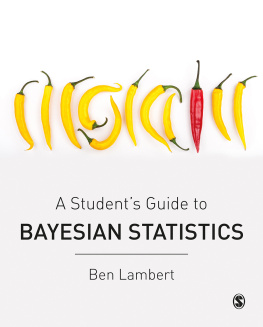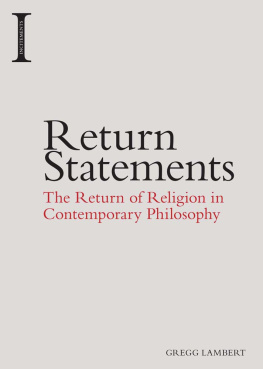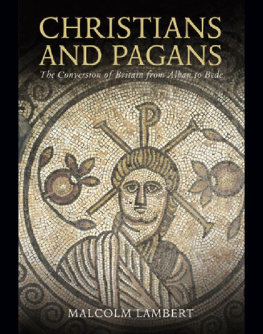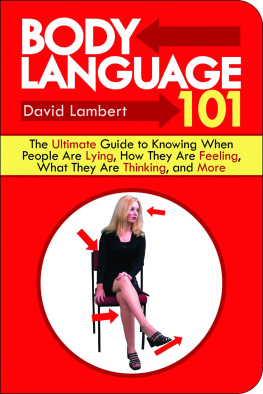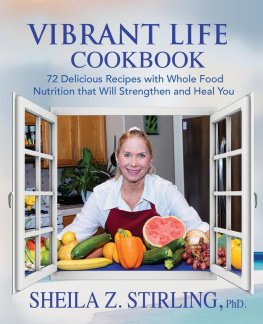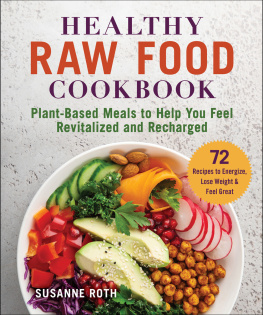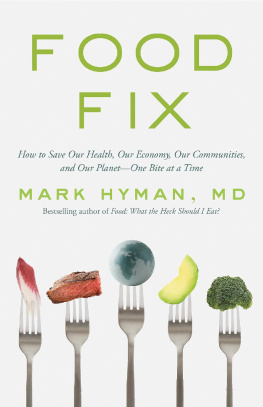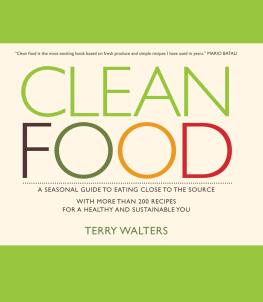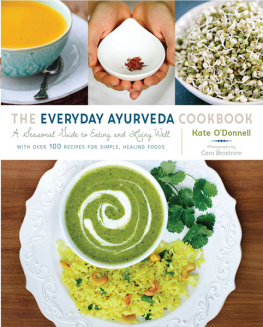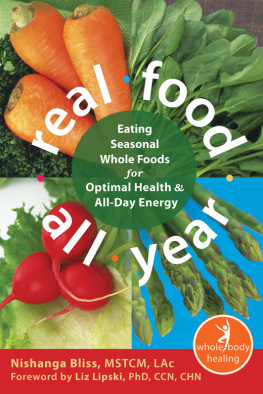Daphne Lambert is a nutritionist who has cooked, studied and written about food all her adult life. She was the chef and co-owner of an award-winning organic restaurant for over 20 years.
She is a founding member of Greencuisine Trust and brings her passion for food that truly nourishes body, mind and spirit together with diverse experiences in the world of food to her work as an educator within the Trust.
She is the author of Little Red Gooseberries , a collection of recipes from her organic restaurant, and the co-author of the award-winning The Organic Baby & Toddler Cookbook . She regularly contributes recipes and articles to books and magazines.
LIVING FOOD
a feast for soil and soul
Daphne Lambert
Nutritional science has revealed to us how the nutrients in the food we eat can help keep us free from illness and grow to our full potential. Interpretations of this science have led to diverse opinions on the right diet to eat. Yes, we must consume lots of meat; no, we should all be vegan. Yes, lots of dairy is good for you; no, dairy should be avoided at all costs. Low-fat versus high-fat diets. Raw food versus cooked food. Ardent supporters of a particular regime highlight studies that show they are right; those opposed cite literature that categorically supports their position. While we have argued, diet-related chronic diseases have become the single largest cause of mortality in the West.
Indigenous people from around the world come from cultures placing value on knowing without science: they simply know by being what to eat. Diet-related chronic diseases are rare in these cultures, despite eating diets that many in the West would consider unhealthy. Clearly showing that no single diet suits all, high-grain, high-meat, high-dairy and high-fat diets can all be found, and what they have in common is that the foods are natural, sourced from an environment intimately known and prepared in ways that have been passed down from generation to generation. It is well documented that if an indigenous diet changes to a Western one of processed foods, health deteriorates. Traditionally, the diet of the Inuits was sea and land mammals, fish and birds with 75% of their calories coming from fat. Consumption of these traditional foods has declined since the arrival of processed food. Studies show that there has been a dramatic deterioration in the health and social structures of the Inuit culture.
Okinawans are the indigenous people of a Southern Japanese island. Their traditional diet, rich in complex carbohydrates, includes fresh vegetables and whole grains with the addition of fish, seaweed and tofu. Okinawans lives are known for their longevity, with many citizens reaching the age of 100 still vibrant and engaged with life. At the end of the Second World War, US military troops moved in to Okinawa and fast food outlets quickly followed. As a result, younger Okinawans began to eat a processed diet. The younger generation now has the highest levels of obesity in Japan and are more likely to die of a heart attack and cancer than their elders.
We follow health gurus and particular diets with the promise of an ideal body weight, clearer thoughts, boundless energy, balance and health. We are persuaded by food industry marketing slogans to eat foods that do not nourish us. All too often, we forget the bigger picture. Food is about relationships. Relationships to soil, plants, animals, to each other and to the beautiful planet we live on. If we create loving relationships with the world around us, our choice of food becomes not just about individual health, but the long term health of the planet too. To reach decisions, Native American Haudenosaunee ask the question, what impact will this have on the seventh generation from today?. It seems to me that in this enquiry is the bigger picture.
I have been fortunate to grow, harvest, prepare, share and love food all my life. On this journey there has been much pondering about what truly nourishes us. Eating food grown in vital soil you have rubbed between your fingers, land you have walked and from growers whose story you know is deeply nourishing because it is about food that brings health to both yourself and the planet.
Living Food is the result of my life with food. It is a book to dip in and out of as it moves through the seasons of nature and the stages of human life. It is a journey from soil to soul, with recipes to enjoy along the way.
Daphne Lambert
I remember the first time I met Daphne, with the shock of red in her hair a bit of a rock chick with a fierce love of the Earth. I was struck by her passion to explore and share the connection between the food we grow and eat and the well-being of all life on Earth. For a long time now we have known that the connection between health, well-being and ability to excel in life, whatever your purpose or persuasion, has a direct correlation with what we choose to eat. Daphne has spent over 40 years tapping into what can only be called Earth Nutrition. This book is pure rock and soil: the rocks are nuggets of wisdom, while the soil is what nourishes our food, and by extension, us.
Daphne has a lot to say about soil and rightly so. As an Earth Nutritionist, she takes us on a journey through the very humus of life (quite literally, as the word human comes from the word humus) and, as she rightly points out, to be human is to be of the soil. Herein lies the journey from soil to soul.
The very word nutrition comes from the word nutrire: feed, nourish. For Daphne, this is not about bare survival, nor is it about food per se: it is so much more. This book represents a wisdom I have been lucky to receive from Daphne over the last few years, and that now so many others will also be able to receive, too. More and more, the choices we make about our food speak of our values do we value the Earth and how she is treated, or is it simply a matter of filling a trolley with whatever pre-packaged and processed item that first comes to hand? There is a deeper enquiry here; not just about where we choose to shop and what we choose to buy, but how we interact with community our Earth community. It is an abuse to intensively farm and use herbicides and sprays that cause significant harm in the long term: to the land, the water, the atmosphere, our health and the well-being of us all.
By consciously choosing to de-couple from the ecocide that is intensive industrialised agriculture, we can and do support local, decentralised, beyond-organic food production. At a deeper level we are revering life itself the life of our farm workers, our friends, our local market stall holders and all those who go to great effort to ensure what they sell is not carrying forward a legacy of harm. Its a political act of the highest form to feed one another food that is not being grown as a commodity. It is an act of deep care to feed our friends and family with food that comes from a healthy and thriving land, one that lives in the greatest freedom of all a land that is free to be.
Polly Higgins
Earth lawyer and advocate for Ecocide law
recipes and ingredients
The recipes in Living Food are generally simple and I am sure most of the ingredients will be familiar. Each recipe section uses UK seasonal produce with a smattering of ingredients from around the world including cacao, avocado, lemons, nuts, dates and spices. I encourage you to source organic and local from family or community farms and to be sure of the provenance of any products you use such as vinegar, olives, dried tomatoes and oils.
Next page


